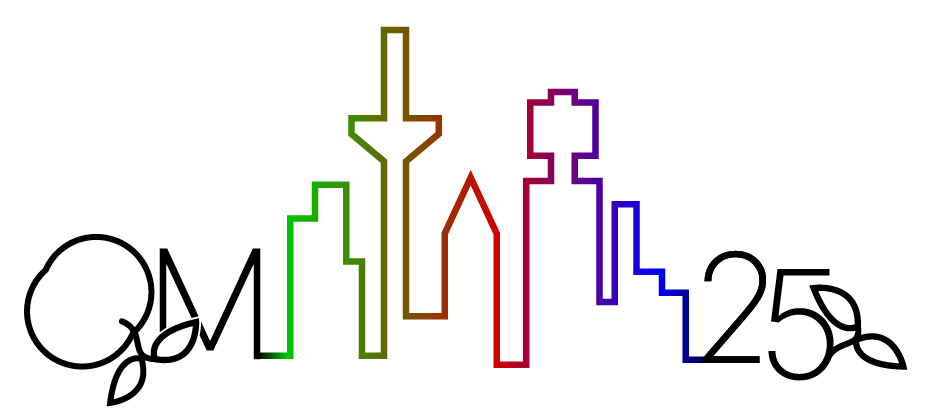Speaker
Description
Jet quenching — modifications to the energy and substructure of high-energy parton showers in the Quark Gluon Plasma (QGP) — serves as a key experimental tool to probe properties of QGP in relativistic heavy-ion collisions. On one hand, the quenching effect, often quantified through the nuclear modification factor (e.g., $R_{AA}$), is well established in large collision systems, such as Au+Au and Pb+Pb collisions. On the other hand, it is absent in smaller p+A collisions despite the observation of collectivity in these collisions, either because the medium is not formed, or its temperature or lifetime is too low to cause jets to lose much energy. This highlights the need for studying the system size dependence of the jet quenching phenomenon. And O+O collisions provide a great opportunity for such studies as they bridge the gap between these small and large systems.
In this talk, we present the first measurements of the following three observables related to the jet quenching: inclusive charged hadron $R_{AA}$ at high transverse momentum ($p_{T}$), inclusive jet $R_{cp}$, and semi-inclusive hadron+jet $I_{cp}$, using O+O collisions data collected with the STAR detector in 2021 at $\sqrt{s_{NN}} = 200$ GeV. For jet measurements, combinatorial background is subtracted based on the event mixing technique, while background fluctuations and detector effects are corrected via unfolding. These measurements provide a valuable opportunity to explore possible jet quenching effects in O+O collisions. The $p_{T}$ and centrality differential results will be presented and compared to similar measurements in collision systems of various sizes. Such comparisons will also help disentangle the effects of system size and collision geometry.
| Category | Experiment |
|---|---|
| Collaboration (if applicable) | STAR |
